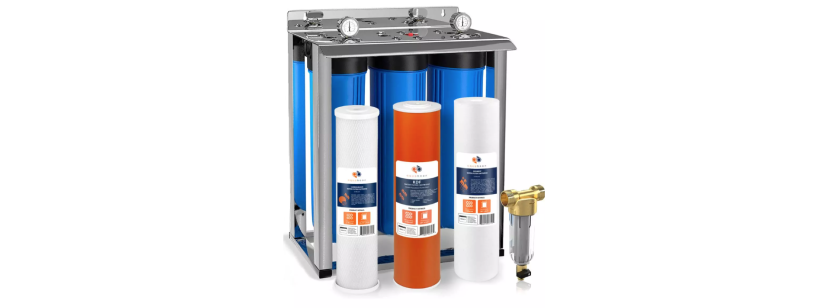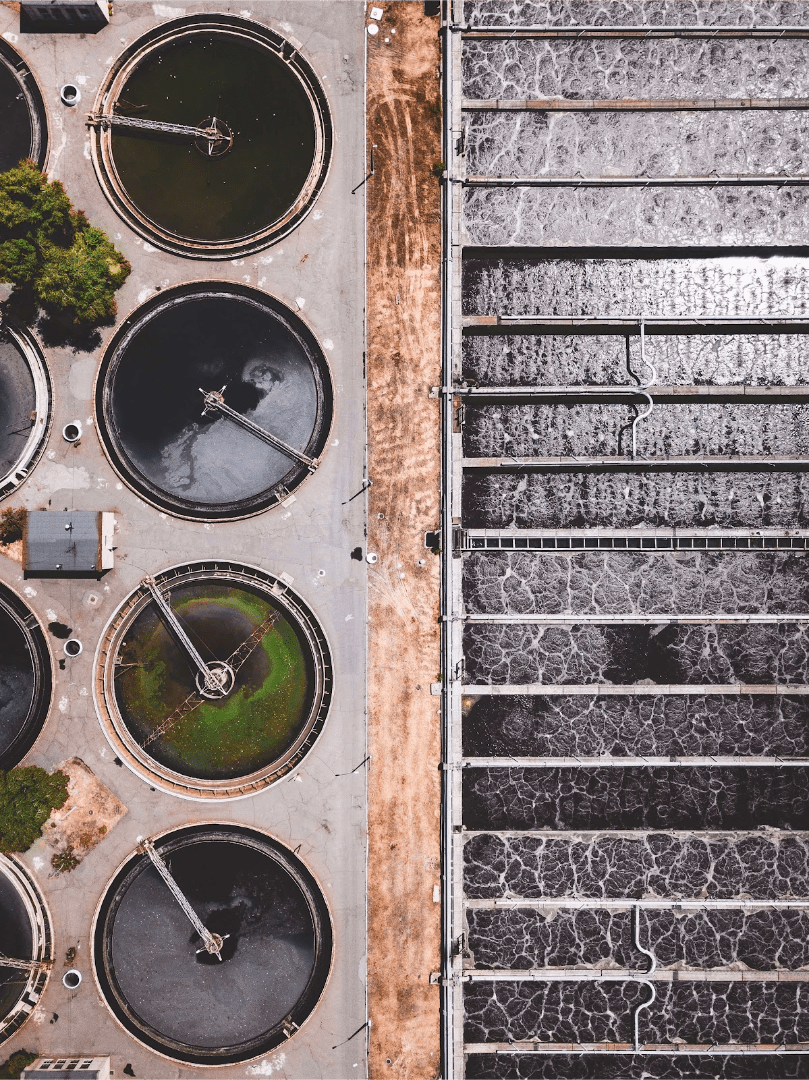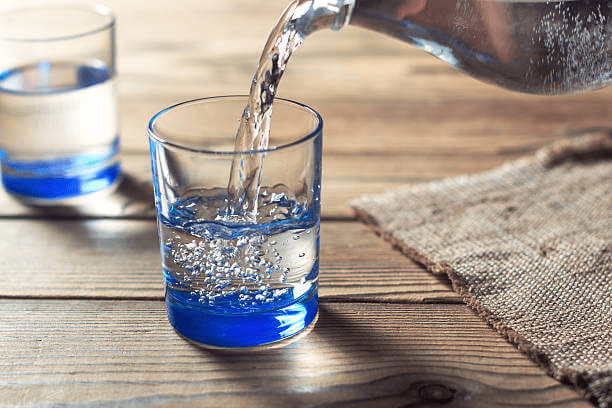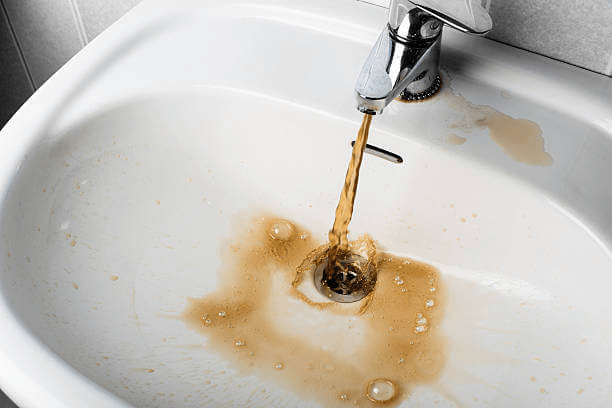Iron and lead are two common contaminants found in drinking water that can pose serious health risks and affect the taste and appearance of the water. While iron is an essential mineral for the human body, its presence in water can lead to a rusty appearance and metallic taste. Lead, on the other hand, is a toxic substance that can lead to a range of health issues, including developmental problems, cancer risk, and damage to various organs.
Iron and Lead Water Treatment
Iron Water Treatment for Home
Iron often finds its way into groundwater sources, and even a small contamination of 0.3 mg/l can affect the water's appearance and taste. Thankfully, there are several methods to treat iron water at home:
- Water Softeners: These work by exchanging the iron molecules with sodium ions, reducing impurities.
- Reverse Osmosis System: This method pushes water through semi-permeable membranes, catching and removing iron molecules.
- Iron Filter Methods: These use a chemical reaction to oxidize the iron molecules, making them easier to filter out.
Iron purification systems, such as carbon water filters, are available as whole-house systems or point-of-use systems, depending on your needs. Brands like Filterway offer eco-friendly, odor-free iron water treatment cartridges with an anti-corrosion coating.
Risks of Metals in Water:
- Health risks of iron (e.g., metallic taste, staining)
- Health risks of lead (e.g., developmental issues, cancer risk)
Iron Water Treatment Methods:
- Water softeners
- Reverse osmosis systems
- Iron filter methods
Lead Water Treatment Methods:
- Reverse osmosis
- Activated carbon filtration
- Distillation
- Ion exchange
Lead Water Filtration for Home
Lead poisoning is a serious concern, with the World Health Organization reporting approximately 1 million deaths annually due to lead exposure. In the U.S., a substantial percentage of the population has been exposed to excessive levels of lead in drinking water.
Lead can enter water supplies from corroded pipes and fixtures, and its presence in the body can lead to various physical and mental health symptoms. Here's how to treat lead in water:
- Reverse Osmosis: This process forces water through a membrane, removing dissolved solids and contaminants, including 99.1% of lead.
- Distillation: This involves heating the water, making contaminants evaporate and be removed, leaving clean water.
- Activated Carbon Filtration: This method uses activated carbon to trap particles, preventing them from entering the drinking water.
- Ion Exchange: This system uses a resin to remove contaminants, including lead.
Conclusion
Both iron and lead in drinking water require careful attention and treatment to ensure the safety and quality of the water. By understanding the available treatment methods and investing in quality filtration systems, you can protect your family's health and enjoy clean, pure water. Whether it's iron's rusty appearance and metallic taste or lead's toxic effects, proper filtration is the key to safe and enjoyable drinking water.
Where to Buy the Best Filters?
Filterway.com is a reliable source for both iron and lead water treatment systems. They offer a wide selection of cartridges and systems that are easy to install and come with a satisfaction guarantee.








